Tomato paste is a widely used ingredient in kitchens around the world, adding a rich, tangy flavor to countless dishes. However, despite its popularity, there is one unpleasant phenomenon that can ruin the culinary experience – bitter tomato paste. In this article, we will delve into the causes of bitter tomato paste and explore potential solutions for both consumers and manufacturers. Understanding the Bitterness: Bitterness in tomato paste can stem from various factors, including the variety of tomatoes used, the ripeness of the fruit, and the processing techniques employed during production. Tomatoes contain natural compounds such as alkaloids and phenolic compounds, which, when concentrated during the paste-making process, can contribute to a bitter taste. Manufacturing Processes: To create tomato paste, tomatoes are typically harvested, washed, and then heated to remove excess moisture.
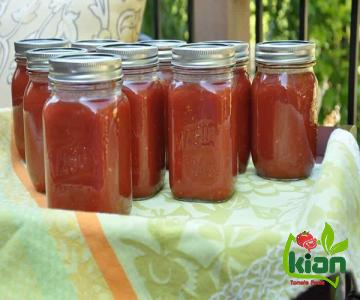
.
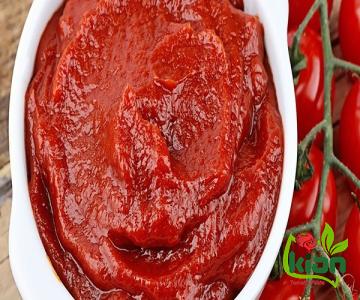 The resulting pulp is then strained and cooked further to thicken and concentrate the flavor. However, in some cases, changes in temperature or prolonged cooking times can lead to the formation of bitter compounds. Varietal Selection: The choice of tomato variety greatly influences the taste and quality of the resulting tomato paste. Some tomato cultivars have inherently higher levels of bitter compounds, leading to a naturally bitter paste. Manufacturers must carefully select tomatoes with a balanced flavor profile to minimize bitterness. Ripeness and Quality Control: Another crucial factor in the development of bitter tomato paste is the ripeness of the tomatoes used. Overly ripe or underripe tomatoes can produce an undesirable taste.
The resulting pulp is then strained and cooked further to thicken and concentrate the flavor. However, in some cases, changes in temperature or prolonged cooking times can lead to the formation of bitter compounds. Varietal Selection: The choice of tomato variety greatly influences the taste and quality of the resulting tomato paste. Some tomato cultivars have inherently higher levels of bitter compounds, leading to a naturally bitter paste. Manufacturers must carefully select tomatoes with a balanced flavor profile to minimize bitterness. Ripeness and Quality Control: Another crucial factor in the development of bitter tomato paste is the ripeness of the tomatoes used. Overly ripe or underripe tomatoes can produce an undesirable taste.
..
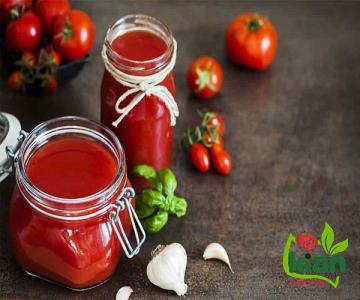 Proper quality control measures during the selection and sorting process can help ensure the use of tomatoes at their optimal ripeness, resulting in a more pleasant flavor. Processing Techniques: Manufacturers can modify their processing techniques to reduce the bitterness in tomato paste. One approach involves pre-treating tomatoes with heat or enzymes to neutralize bitter compounds before concentrating the juice. Additionally, maintaining consistent and controlled cooking temperatures can mitigate the formation of bitter compounds during the thickening process. Consumer Solutions: For consumers who find themselves with a bitter tomato paste, there are a few remedies to salvage the dish. One approach is to balance the taste by adding a small amount of sugar, honey, or acid-modifying agents like lemon juice or vinegar. Diluting the paste with additional tomatoes or broth can also help reduce the bitterness.
Proper quality control measures during the selection and sorting process can help ensure the use of tomatoes at their optimal ripeness, resulting in a more pleasant flavor. Processing Techniques: Manufacturers can modify their processing techniques to reduce the bitterness in tomato paste. One approach involves pre-treating tomatoes with heat or enzymes to neutralize bitter compounds before concentrating the juice. Additionally, maintaining consistent and controlled cooking temperatures can mitigate the formation of bitter compounds during the thickening process. Consumer Solutions: For consumers who find themselves with a bitter tomato paste, there are a few remedies to salvage the dish. One approach is to balance the taste by adding a small amount of sugar, honey, or acid-modifying agents like lemon juice or vinegar. Diluting the paste with additional tomatoes or broth can also help reduce the bitterness.
…
 Industry Improvements: To address the issue of bitter tomato paste at its source, manufacturers can invest in research and development efforts to develop new tomato cultivars with reduced bitterness. Advancements in processing technologies can also contribute to the production of high-quality, consistently flavored tomato paste. Conclusion: Bitter tomato paste can be a disappointing setback for both consumers and manufacturers. Understanding the factors contributing to bitterness and exploring solutions through improvements in varietal selection, quality control, and processing techniques can help mitigate this issue. By prioritizing quality and flavor, the tomato paste industry can deliver products that consistently meet the expectations of consumers worldwide, resulting in a more enjoyable culinary experience.
Industry Improvements: To address the issue of bitter tomato paste at its source, manufacturers can invest in research and development efforts to develop new tomato cultivars with reduced bitterness. Advancements in processing technologies can also contribute to the production of high-quality, consistently flavored tomato paste. Conclusion: Bitter tomato paste can be a disappointing setback for both consumers and manufacturers. Understanding the factors contributing to bitterness and exploring solutions through improvements in varietal selection, quality control, and processing techniques can help mitigate this issue. By prioritizing quality and flavor, the tomato paste industry can deliver products that consistently meet the expectations of consumers worldwide, resulting in a more enjoyable culinary experience.

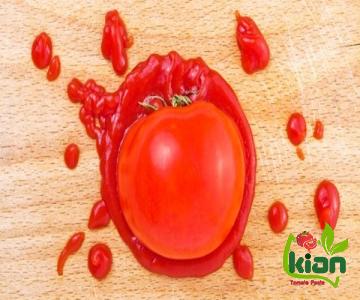

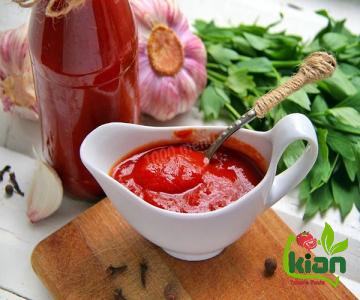
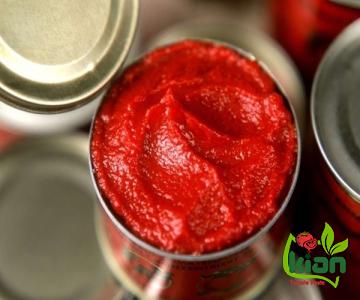
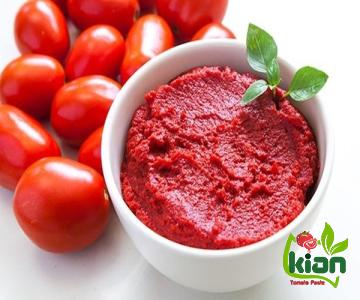
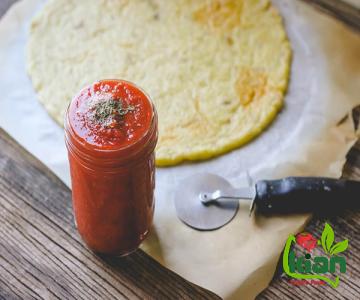
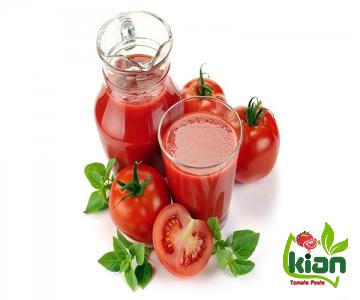

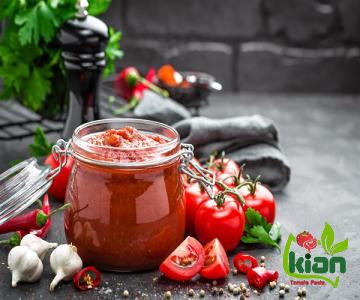

Your comment submitted.